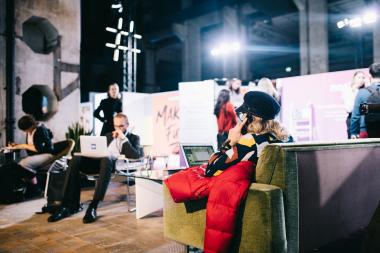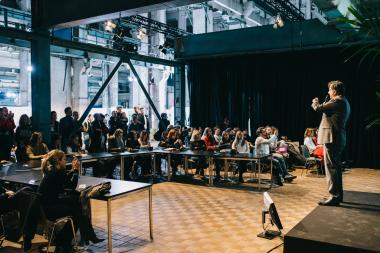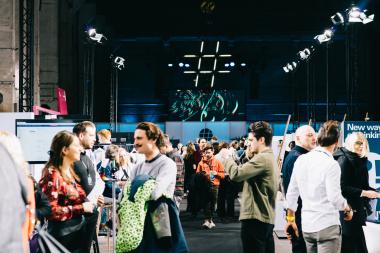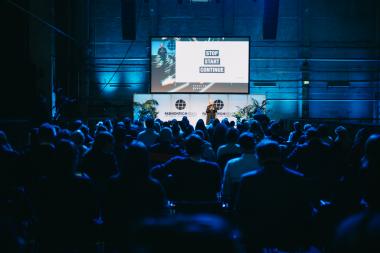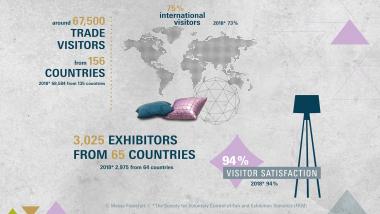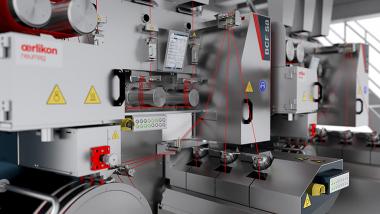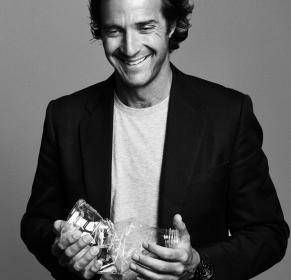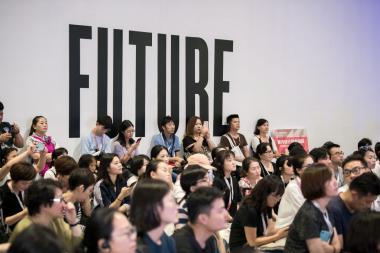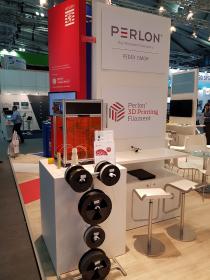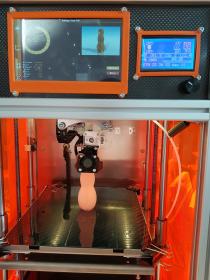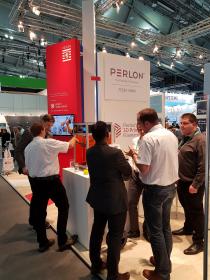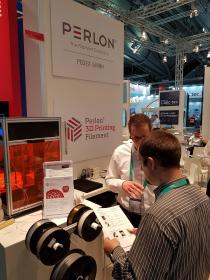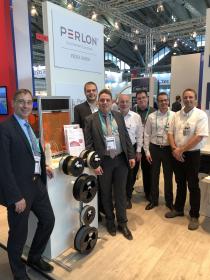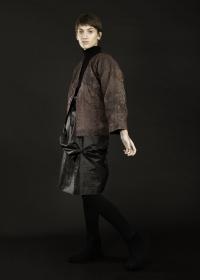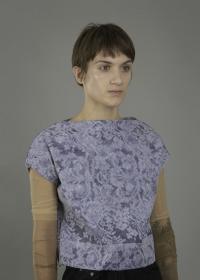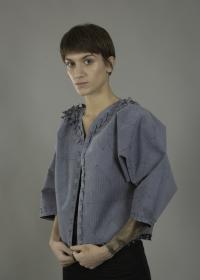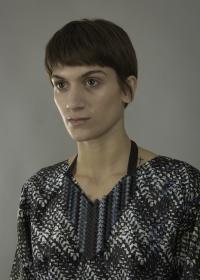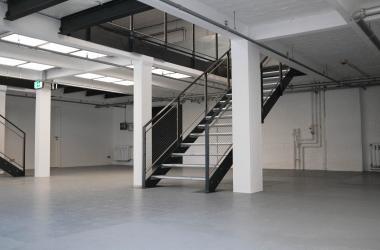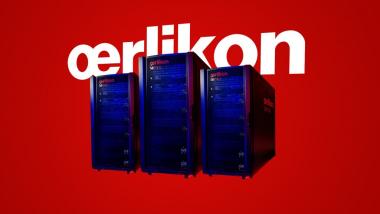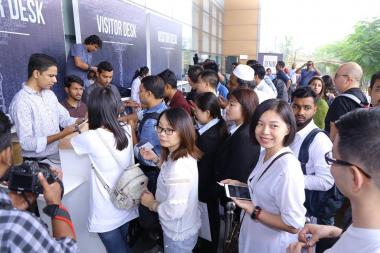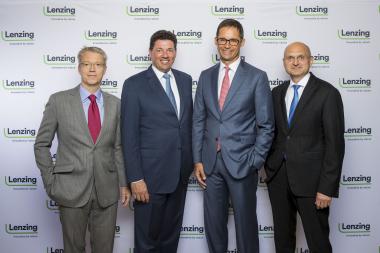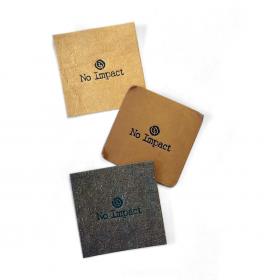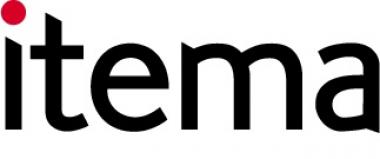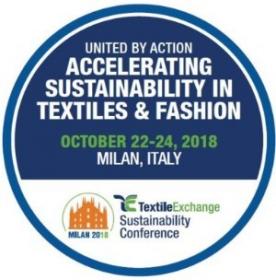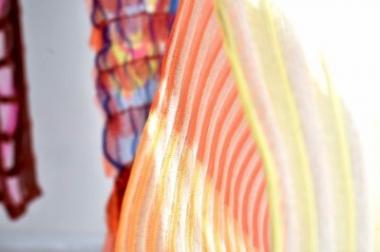Recap of the 9th edition of #fashiontech Berlin
HOW TO TRANSFORM YOUR ORGANISATION
The #FASHIONTECH BERLIN conference is Europe’s leading C-level tech conference for the fashion industry. On the morning of 15 January 2019, Anita Tillmann, Managing Partner Premium Group, Michael Stracke, Chief Business Development Officer and Ole Tillmann, Founder & CEO Peak, welcomed the auditorium at Kraftwerk to the ninth edition of #FASHIONTECH BERLIN.
Stracke says, “We are extremely pleased with this year’s edition of #FASHIONTECH BERLIN. Our thanks must once again go to our high-calibre international speakers and partners without whom this continuous growth wouldn’t be possible. We are unique in Europe at this level, which is also apparent from the consistently positive feedback from participants during and after the conference. Among other things, we have increased the exhibition space by 300% and we have had even more interactive workshops and masterclasses going on for those attending, to ensure knowledge transfer. The slightly modified concept – #LISTEN!, #LEARN!, #EXPERIENCE! and #BUSINESS! – was very well received, as we want to do justice to the individual needs of all participants.”
“It was especially gratifying this year to experience the positive atmosphere on site and to ascertain that the topic of digital transformation has finally grown in importance for the fashion industry too, which was also evident in the renewed increase in and international character of the visitor numbers. Digitalisation is fun of course, and you can achieve much more in a short space of time than was possible previously; and respond to customers’ needs much more strongly and in a more targeted way.”
The goal of the conference is for everybody who faces digital disruption to walk away with inspiration and hands-on advice to be able to get started or continue their own digital transformation and get ready for the future. Learn from leaders and innovators from other industries to be among the first in the fashion industry to implement innovation.
FASHIONTECH
PREMIUM Exhibitions GmbH


